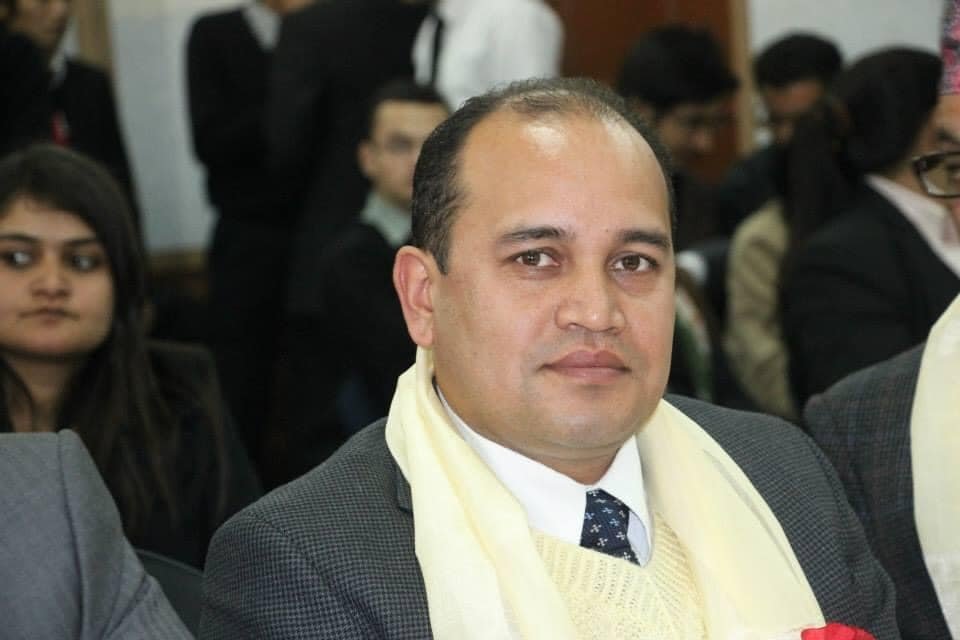Valley View Embraces Digital Age to Empower Students and Enrich Learning

We at Valley View gain a comprehensive understanding of students' learning and progress by incorporating a variety of assessment methods, allowing for targeted support and personalized instruction.
Could you elaborate on the methods your school employs to evaluate student mastery of learning objectives?
We at Valley View gain a comprehensive understanding of students' learning and progress by incorporating a variety of assessment methods, allowing for targeted support and personalized instruction.
Performance Tasks which require students to apply their knowledge and skills to real-world scenarios or projects like science experiments, presentations, debates, and creative performances. Another important part of our evaluation is Self-Assessment. We believe that giving students the opportunity to reflect on their own learning can foster metacognitive skills and a deeper understanding of their strengths and weaknesses. Students can assess their work using rubrics or checklists, setting goals for improvement.
Project-Based Learning Assessments is our next tool to evaluate students' ability to solve complex problems, collaborate with peers, and communicate their findings effectively. Rubrics can assess criteria such as creativity, critical thinking, and presentation skills.
Our teachers assess students' understanding and skills through informal observations during class activities, group work, and interactions with peers. Observation checklists are prepared which can help teachers track students' progress over time.
Pen-paper tests provide valuable data for comparing students' performance with regard to their own ability in the past. We conduct these tests periodically so that it can help identify areas where additional support may be needed.
Are there any unique offerings at the school that have demonstrably improved student outcomes?
At our school, we believe in providing a comprehensive and enriching educational experience that prepares students for success in an ever-changing world. Through innovative programs and initiatives, such as STEM integration, language immersion, outdoor education, arts integration, and social and emotional learning programs, we offer students a diverse array of opportunities to explore their passions, develop critical skills, and make meaningful contributions to their communities and the world. Whether students are participating in hands-on STEM projects, immersing themselves in a second language through content-based instruction, embarking on outdoor expeditions to connect with nature and develop teamwork skills, expressing themselves through the arts, or developing essential social and emotional competencies, our goal is to inspire lifelong learners who are empowered to thrive in an interconnected and rapidly evolving society
Does the school offer any specialized programs or services to ensure all students receive the individual attention they require to thrive?
At our school, personalizing learning and meeting the individual needs of every student is a fundamental commitment. Through a multifaceted approach, we ensure that each learner receives tailored support and opportunities for growth. Teachers employ differentiated instruction techniques, adapting their teaching methods to accommodate diverse learning styles and abilities. Individualized Learning Plans are crafted collaboratively to address specific academic, social-emotional, or behavioral needs, ensuring that no student is left behind. Moreover, students are empowered to take ownership of their learning journey through choices in assignments and projects. Our flexible learning spaces and schedules accommodate various preferences and pacing, fostering an environment where students can thrive. Technology integration amplifies personalized learning experiences, offering adaptive resources and instant feedback. Ongoing formative assessment practices inform instruction, while collaborative planning and professional development empower teachers to continuously refine their strategies. Together, these efforts create an inclusive and supportive educational community where every student is valued, challenged, and self-assured for success.
Could you elaborate on the strategies the school employs to ensure all students feel like valued members of the learning community?
At our school, fostering a positive and inclusive learning environment is at the heart of everything we do. We prioritize diversity, equity, and belonging, ensuring that every student feels valued, respected, and supported. Through clear expectations, community-building activities, and strong relationships among students, teachers, and families, we cultivate a sense of belonging and connectedness. Our commitment to providing support services, creating safe and welcoming spaces, and promoting student voice and leadership empowers all students to thrive. We prioritize character development and positive behavior, recognizing and celebrating acts of empathy, responsibility, and integrity. Continuous professional development ensures that our staff is equipped with the knowledge and skills to create an inclusive learning environment where every student can reach their full potential. Together, we strive to create a school community where diversity is celebrated, differences are embraced, and all students feel empowered to succeed.
In what ways does the school encourage families and community members to become active participants in supporting student success?
Parental and community involvement are indispensable pillars in the foundation of quality education at our school. Through active engagement in their child's learning journey, parents and guardians reinforce the importance of education and provide vital support both inside and outside the school. By volunteering time, participating in school events, and advocating for resources, parents contribute to the school's success and help shape its policies and programs. Additionally, community partnerships enrich the educational experience by providing access to resources, expertise, and opportunities beyond the school walls. Together, parents, guardians, educators, and community members form a collaborative network dedicated to fostering academic achievement, student well-being, and a thriving school community.
Could you describe how the school works with families and guardians to ensure open communication and a collaborative approach to supporting students when they face challenges in their academic or social journey?
Parents and guardians play a crucial role in the process of identifying and resolving student problems by serving as essential partners in their child's education. When issues arise, parents are often the first to notice changes in their child's behavior, academic performance, or emotional well-being. By maintaining open communication with teachers and school staff, parents can provide valuable insights and collaborate on strategies to address concerns effectively. Furthermore, parents can offer valuable perspective on their child's strengths, challenges, and individual needs, helping to inform personalized interventions and support plans. Through ongoing dialogue and partnership, parents and guardians play an integral role in promoting student success and well-being.
The school involves parents in the process of identifying and resolving student problems through various avenues of communication and collaboration. This may include regular parent-teacher meetings, where teachers discuss academic progress, social-emotional development, and any concerns or challenges the student is facing. Additionally, the school may utilize digital platforms, such as email, online portals, or messaging apps, or school diaries to keep parents informed about classroom activities, assignments, and important updates. In cases where more in-depth discussions are needed, the school may schedule individual or team meetings involving teachers, administrators, and support staff to develop comprehensive plans to address student needs. By actively involving parents in the problem-solving process, the school fosters a partnership that ensures students receive the support and resources necessary to thrive academically, socially, and emotionally.
What role does technology play in the teaching and learning process at the school? How are digital tools and resources integrated into classroom instruction?
Technology plays a significant role in the teaching and learning process at our school, serving as a valuable tool to enhance instruction, facilitate collaboration, and personalize learning experiences for students. In the modern digital age, technology provides access to a wealth of information, interactive learning resources, and multimedia content that enriches classroom instruction and engages students in diverse ways. Teachers control digital tools such as educational software, multimedia presentations, and online learning platforms to deliver dynamic lessons, differentiate instruction, and provide opportunities for exploration and discovery. Moreover, technology enables educators to adapt instruction to individual learning styles and preferences, catering to diverse student needs and fostering a more inclusive learning environment.
Digital tools and resources are seamlessly integrated into classroom instruction to enhance teaching and learning experiences, promote collaboration, and empower students as active participants in their education. Teachers incorporate a variety of digital resources, including educational websites, multimedia presentations, and online simulations, to supplement traditional instructional materials and provide opportunities for hands-on learning. Through blended learning models, teachers combine face-to-face instruction with online activities, discussions, and assessments, allowing students to access content at their own pace and receive immediate feedback on their progress. Additionally, digital tools facilitate collaboration among students, enabling them to work together on projects, share ideas, and communicate effectively both in and out of the classroom. By leveraging digital tools and resources, educators create dynamic learning environments that inspire curiosity, creativity, and critical thinking skills in students, preparing them for success in the digital age.
How does the school promote active learning and critical thinking skills among students?
The school promotes active learning and critical thinking skills among students through various strategies and instructional approaches that engage students in meaningful, hands-on learning experiences. Teachers design lessons that encourage students to actively participate in their own learning process, fostering curiosity, inquiry, and problem-solving skills. This may involve inquiry-based learning activities, project-based learning activities, collaborative group work, and discussions that encourage students to ask questions, analyze information, and draw conclusions based on evidence. Moreover, the school integrates real-world connections and interdisciplinary approaches into the curriculum, enabling students to apply their knowledge and skills to authentic challenges. Through these approaches, students develop the ability to think critically, communicate effectively, and demonstrate creativity and innovation in their learning endeavors. Additionally, the school emphasizes the importance of knowledge and understanding skills, and self-reflection, encouraging students to reflect on their learning process, identify areas for growth, and set goals for continuous improvement. By promoting active learning and critical thinking skills, the school prepares students to navigate complex challenges, think critically about the world around them, and become lifelong learners equipped for success in the 21st century.





